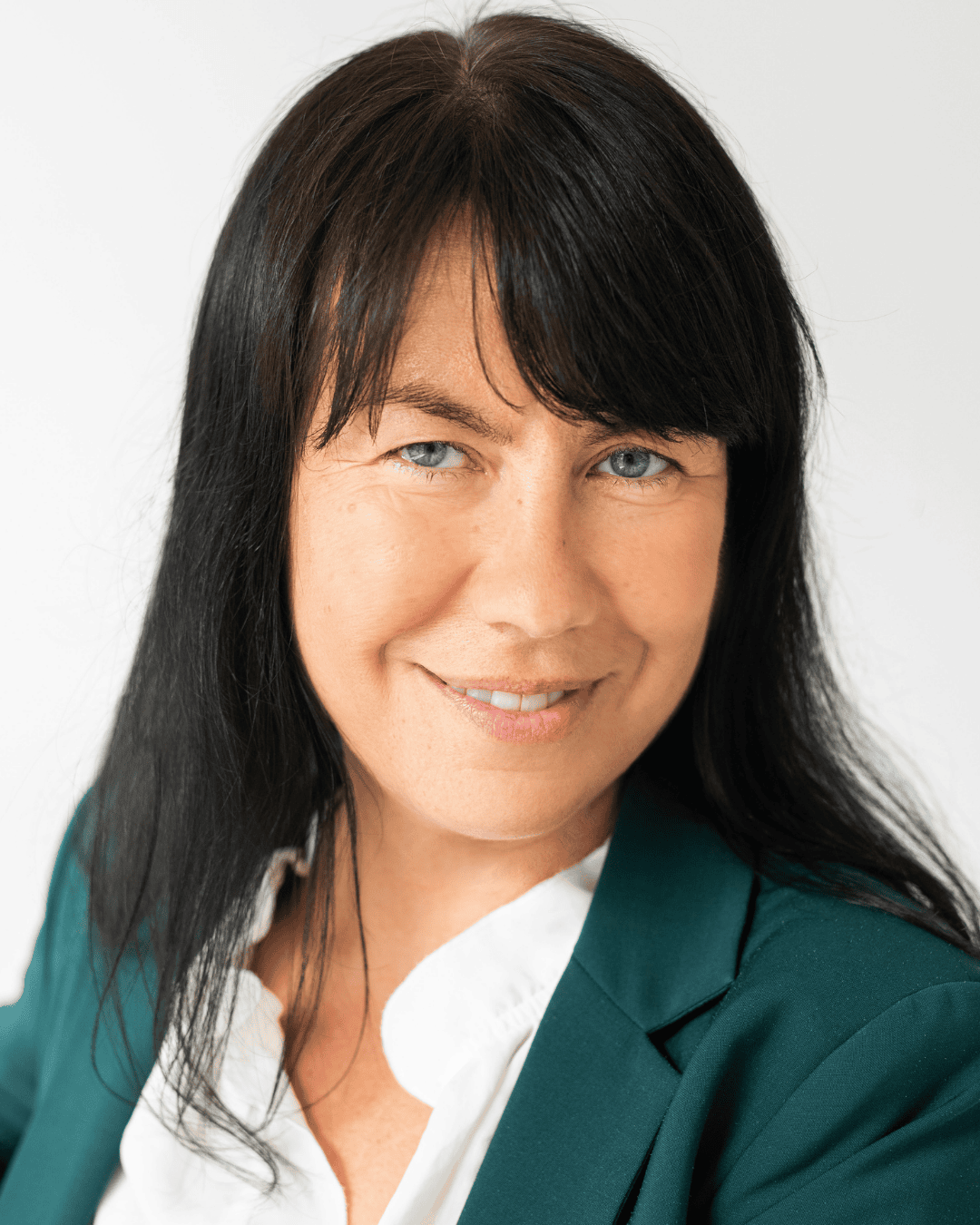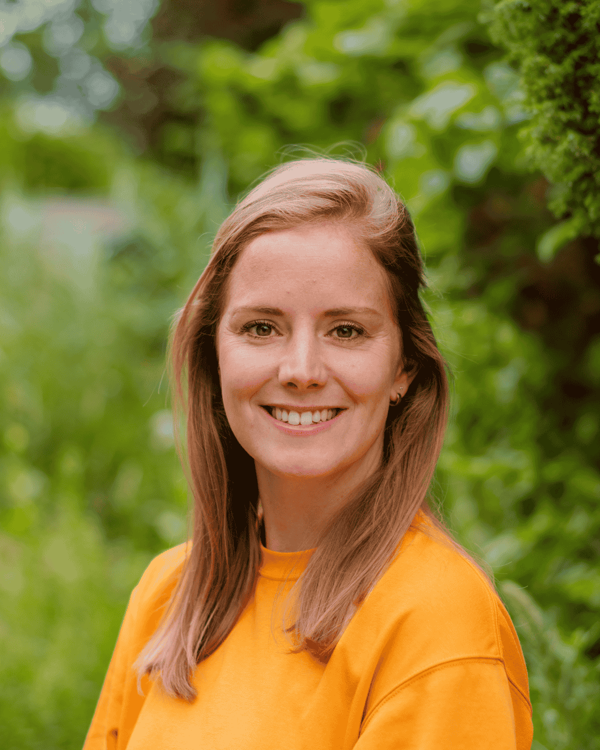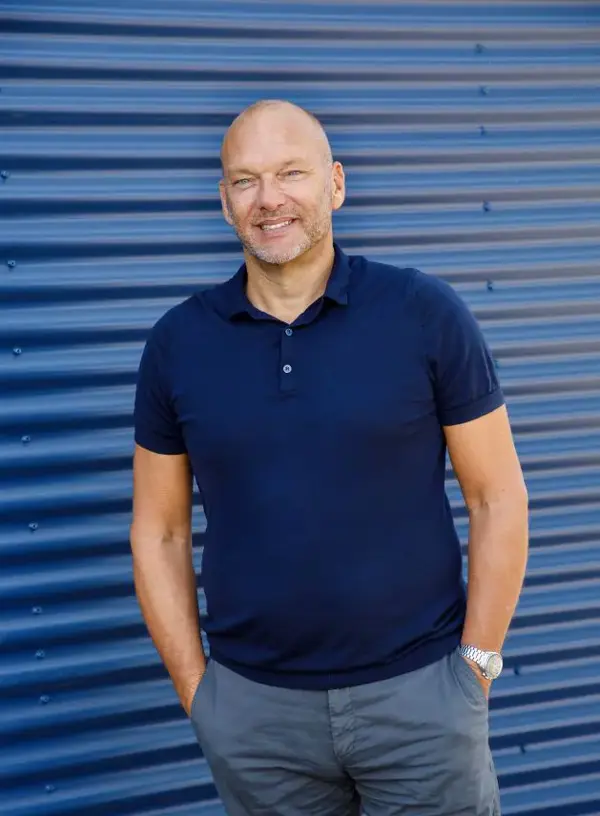1. Who is Jurgita Girzadiene?
Many years ago — actually, in the last century — I went to my first and only job interview, at a paper-based packaging company then called Assidoman Baltic. I knew nothing about packaging, the industry, or sustainability. But one thought crossed my mind: It’s paper — it must be good for the environment. Now, more than 25 years later, I work as the Sustainability and Better Planet Packaging Director for Europe at one of the world’s largest paper-based packaging companies: Smurfit Westrock. I’m a proud Lithuanian living an international daily life, doing my best — both professionally and personally — to make the world a better place.
2. Can you briefly tell us something about the history of Smurfit Westrock?
Smurfit Westrock is the world’s largest integrated paper-based packaging producer. The company was officially formed in July 2024 through a merger, but both legacy companies — Smurfit Kappa and WestRock — have a long-standing presence in the packaging industry. Together, we like to say we have more than 150 years of combined experience in consumer and transport packaging across the globe.
We operate over 660 facilities in more than 40 countries, employ 100,000 people, and generate annual sales of more than $32 billion. We’re an Irish-headquartered company listed on the New York Stock Exchange — global in outlook, yet locally rooted.
We produce both virgin paper (from trees) and recycled paper (from recovered material), and we use that to design and manufacture packaging. This serves every industry where paper packaging is needed — to protect, communicate, transport, and deliver products. Importantly, we are also the largest paper recycler in Europe, which means we don’t just produce packaging — we also take care of its end-of-life.
3. What does Smurfit Westrock do to reduce the global plastic footprint?
Our own plastic footprint is relatively small — we don’t produce consumer products that require plastic packaging. As a paper-based packaging company, our own plastic consumption is limited, and wherever possible, we reduce it or shift to mono-materials that are easier to recycle.
When we talk about plastic reduction, I believe it’s not only about reducing plastic, but about ensuring that all packaging is reused and/or recycled as many times as possible — and that, at the end of its life, it returns to nature without causing harm.
Our real contribution lies in helping our customers transition from single-use, non-recycled packaging to renewable, recyclable, and actually recycled paper-based alternatives. That mission has always been in our DNA.
4. Why is this so important?
Packaging is a temporary service to a product — its role is to protect the product on its journey from producer to consumer. After that, it’s no longer needed. Packaging should follow the lifecycle of the product.
Take strawberries, for example. A PET plastic punnet of strawberries lasts 3–5 days, but the punnet itself will stay on Earth for hundreds of years unless it is properly recycled. Yet even in Europe — with one of the most advanced recycling infrastructures — only 40.7% of plastic is actually recycled (Eurostat 2022 data, published in 2025).
I believe plastic is a valuable material, but because it is so durable, it should be used for things where durability is essential — like artificial hearts or laptops — not for short-lived packaging. Even reusable packaging needs careful consideration: does its long lifespan match the short life of the product it holds?
Think of CD cases — we no longer use CDs, but the plastic cases will remain for hundreds of years. What will we do with them?
5. What do you like most about sustainable entrepreneurship?
It’s about the future. It touches both personal and professional life, and it's a force for change.
Today’s sustainability decisions will define tomorrow’s world. For businesses, it’s a huge opportunity to innovate, engage, save costs, and differentiate. You don’t just do business — you do it better.
6. What advice would you give other entrepreneurs who want to become more sustainable?
Start with yourself — at home or at work. Talk to others. Get involved. Be open, curious, and willing to change. Keep your eyes and ears open — so many exciting, sustainable options are out there.
7. What do you personally do to reduce your plastic footprint?
I choose glass, paper, or metal packaging when possible. For example, I switched facial creams just to get a product in a glass jar — which has a higher recycling rate. I never use plastic bags when shopping. Did you know the average plastic bag is used for just 12 minutes but stays in the environment for 500 years?
Building the habit took time — at first, I often forgot my reusable bags. But they say it takes 21 repetitions to form a habit, and now I never forget!
I also avoid synthetic textiles in my clothing because washing polyester and nylon releases microplastics. (You can even install a microplastic filter on your washing machine — although mine didn’t work out, I believe better solutions are coming.)
8. What simple sustainability tip do you often share with others?
See sustainability and economic value as allies. Be curious. Just start — take one small step. From there, your journey will grow.
9. What’s your vision for the future in this area?
Sustainability has a bright future. We all live on this one beautiful planet, and we want it to thrive for generations to come. Sustainability has the power to unite us — across borders, sectors, and beliefs.
10. What’s your view on the focus on CO₂ reduction versus plastic pollution?
I don’t see them as being in competition. But it’s true — CO₂ is invisible, so it’s harder to grasp emotionally. We can’t see the CO₂ increase, yet we witness rising temperatures, wildfires, and melting ice. It’s real.
Plastic, on the other hand, is visible. You can see the waste on beaches or in rivers. So it feels more immediate, even though microplastics and nanoplastics are also invisible threats.
Ultimately, both are two sides of the same coin. Packaging, for example, emits CO₂ during production, but what happens at its end-of-life? If it’s incinerated, especially if it’s plastic, that adds fossil CO₂. If landfilled, it contradicts the idea of a circular economy.
In essence, plastic packaging brings fossil carbon — stored safely underground in the form of oil — to the surface, and then releases it into the atmosphere or environment.
11. What’s the biggest misunderstanding about sustainability you’d like to correct?
That sustainability costs more. In fact, true sustainability is about doing more with less — less energy, fewer resources. When you consider total cost of ownership — including production, taxes (like EPR fees), and end-of-life impact — unsustainable choices often turn out to be more expensive.
12. What do people really need to know about plastic pollution?
It’s preventable. If we reduce our initial reliance on plastic and focus on quality collection and recycling where appropriate, we can solve this. Always think in circles: What is it made of? What is its function? And what will happen at the end of its life?
13. What are your goals for the next 5–10 years, specifically around plastic footprint?
We’ll become more educated, make better choices, expect more from our favorite brands, and build useful habits. Sustainability is already embraced by many — but we’ll take more responsibility ourselves, not just wait for legislation. And we’ll teach our children that sustainability should be second nature.



.png)


